
Valle del Cauca is where the jungle foothills of the Andes splash into the piercing green basin of the Cauca River. It is a captivating landscape.
The land here is the most fertile in the entire Colombia. And because the climate is different by the ocean and in the mountains, the list of crops that are cultivated here can go on forever. Biodiversity of the place is mind-blowing as well, it is even higher than in the Amazonian region of the country.
Cauca Valley is also rich in coal, iron, gold and marble and has well developed paper and cement industries. It used to be a battle-ground during the Civil War. Now, it is the most steadily growing economy in Colombia. Most of the development, around 70%, is powered by hydroelectric energy.
Clearly, sustainable water and land use are paramount for the prosperity of the Cauca Valley. And that is where the geography blessing plays its trick: unsustainable environmental practices upstream in the hills can mess up the entire valley. What is more, the cloud forests here collect a lot of moisture that travels elsewhere, coming down as rainfall. So, deforestation in the Cauca Valley has implications for the global climate.
Both options are unwished for, but this is exactly what happened: farmers in the hills were clearing the forest for agriculture, using intensive farming methods. This resulted in agricultural residue and sediment run-off into the river streams and made hilly slopes vulnerable to erosion and landslides. Such state of affairs created a lot of trouble for farmers and hydropower companies downstream. It also generated a life-threat for the entire population of the Cauca Valley – as we know death tolls of landslides in Colombia count hundreds.
The solution offered to this problem was a reciprocal watershed agreement. According this policy downstream actors were supposed to pay a fee which was transferred to the actors upstream. It was an incentive for them to manage water and land sustainably.
However, what sounds like a perfect storm, didn’t happen. In post-conflict corruption-prone Colombia, it was hard for people to trust each other and to the government. Many also thought the scheme was too expensive, even though the benefits clearly outweighed the costs and losses. So, payment from downstream users were too low to provide a meaningful incentive for upstream communities to farm sustainably.
But how to infuse trust into society?
In 2010 Jj, a local conservation worker and a farmer himself started to work with the communities on the hills of the Valle del Cauca. A graduate from the Master Program in conservation run by Rare, Jj knew behavioral change starts from emotional appeal.
He started to talk to the communities about their relationship with the environment. Soon he figured out the locals love agoutis – a rodent specie endemic to this valley which was endanger because of unsustainable environmental practices. Jj explained to the local people that if they continue to deforest and farm the way they do agoutis would disappear. This set an emotional appeal: the people in the community started to care about what they have and became proud of their unique environment.
Jj then started to work with the local radio station and launched a show about sustainable watershed management. This show connected the downstream and the upstream communities, creating social context for the reciprocal watershed agreement.
Lastly, through the local conservation organization, Jj made sustainable choices easier, providing seeds, knowledge and training about how to farm and what areas need to be conserved and why. Jj was not alone, there were six more of these “trust infusion” campaigns.
All these soft incentives made the complicated environmental policy work. As a result of this campaign the trust increased from 29% to 82%. What is more, many of the farmers even started to contribute to restoration by providing their land. The downstream users increased their payments from just about 20% to over 40%.
Oftentimes, environmental policy frameworks, like REDD+ or PES, either offer financial incentives or work through restricting choices. However, as the example from the Valle del Cauca shows, policy hardware will not work without the social software.
A lot of the agenda at the Global Landscapes Forum focuses on where do we get the money from and on what kind of regulations and governance we need. But there is less focus on how are people going to change their behavior when the new policies are to be implemented.
Making pledges is a big deal, but they only can get us that far if they aren’t fine-tuned to the needs of the people and their way of life. Behavioral approaches offer a way to bridge the gap between the itty-bitty scale on the ground and the scale of such policy frameworks, like the Bonn Challenge.
This blog is inspired by the “Land use change through behavior change” discussion forum at the GLF2017 event organized by Rare, SIANI and SEI.
Blogpost by Ekaterina Bessonova (SIANI) – #GLFBonn2017 Social Reporter – ekaterina.bessonova(at)sei-international.org
Picture courtesy World Resources Institute (on Flickr)
This post is part of the live coverage during the GLF Bonn 2017 Global event. This post is written by one of our social reporters, and represents the author’s views only.



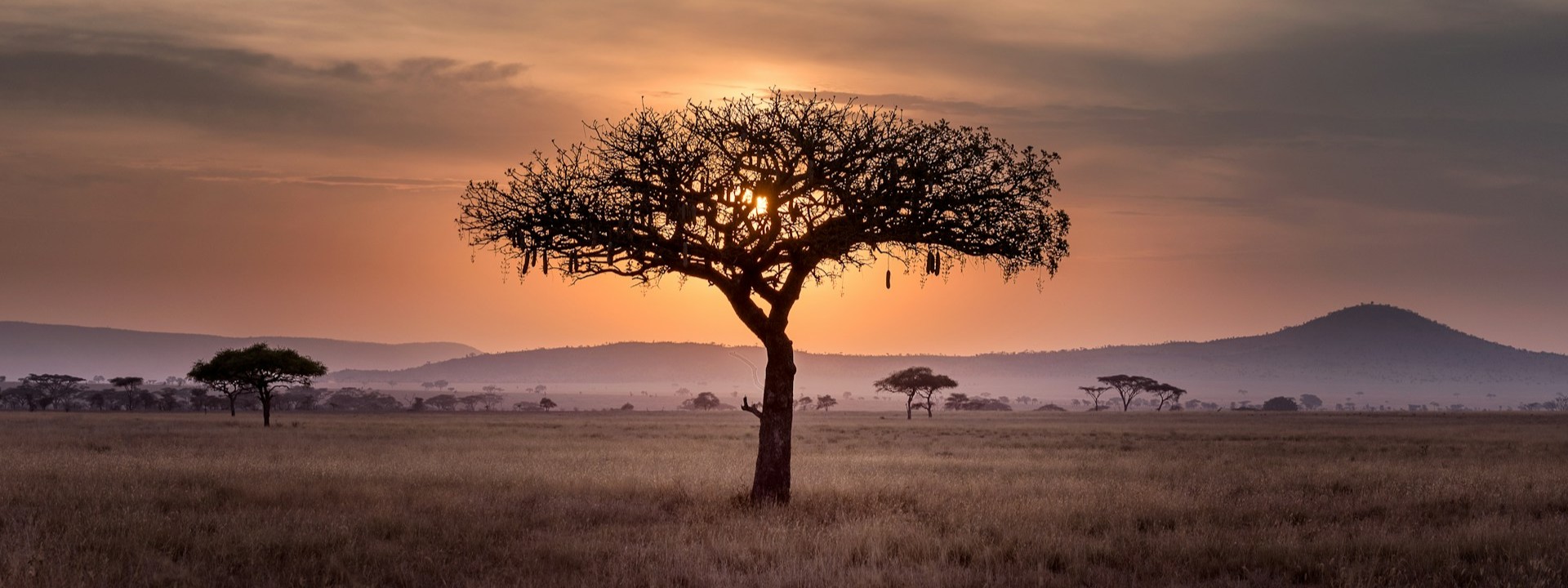
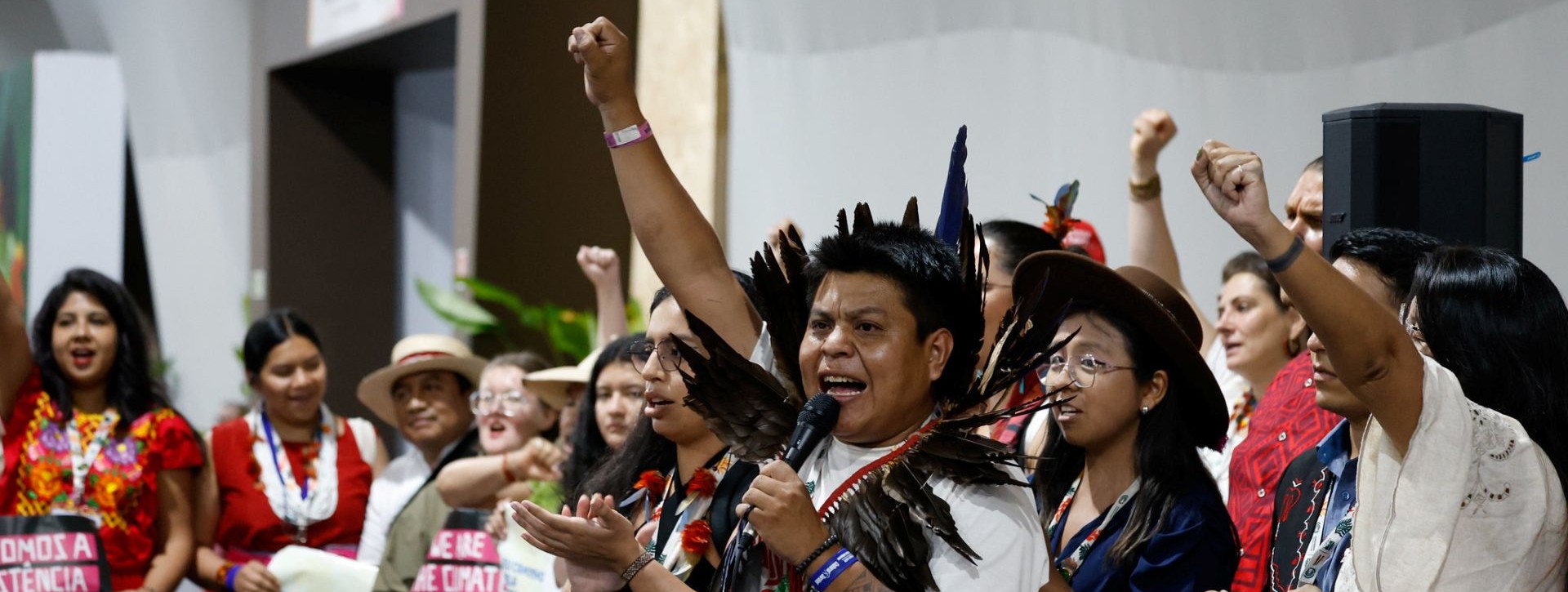
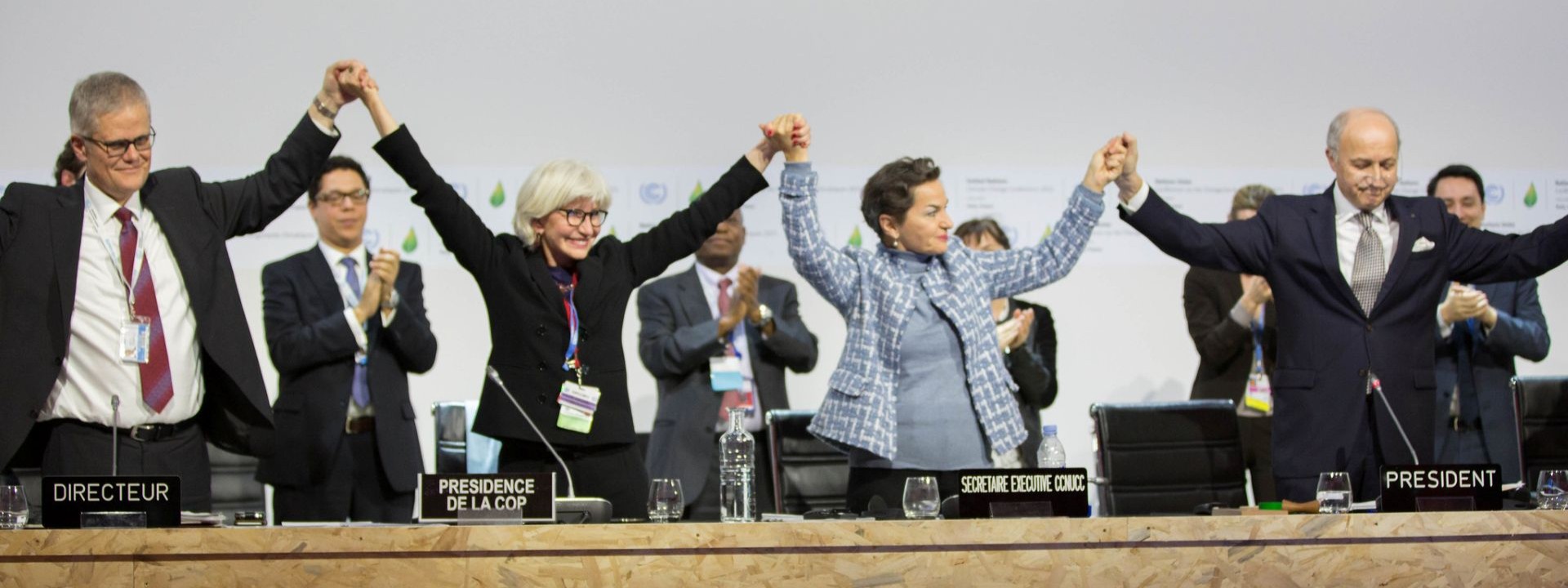
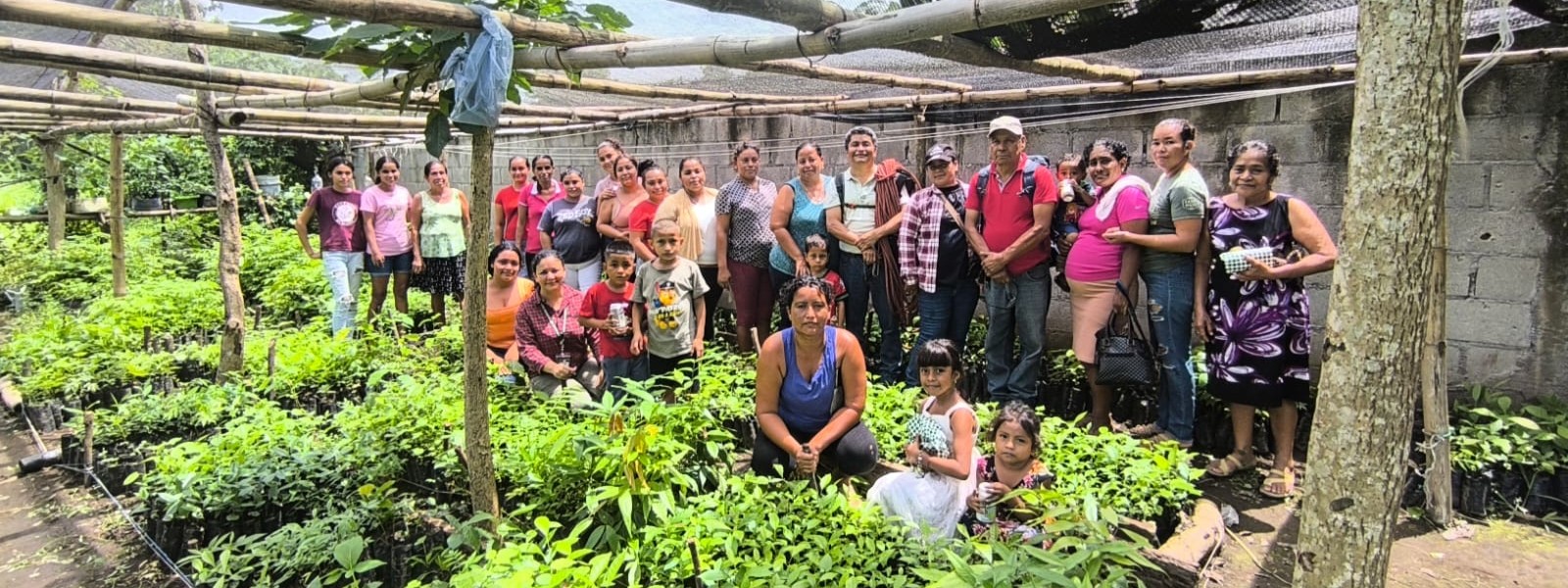
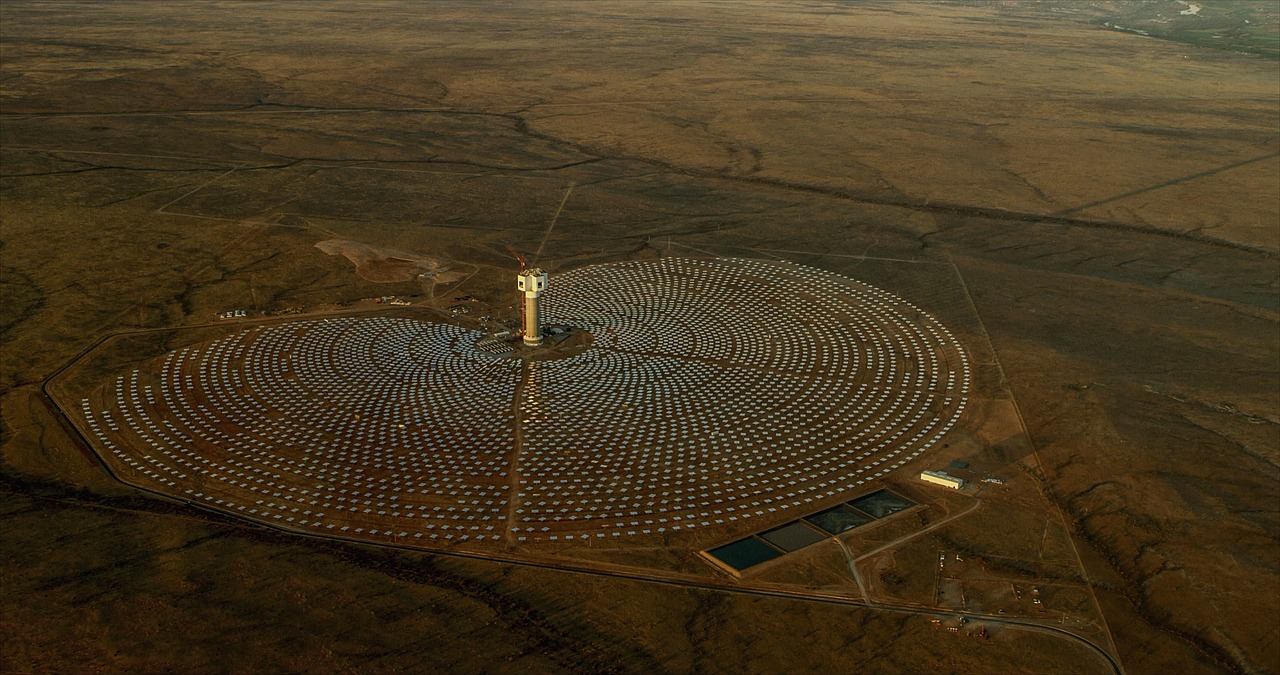
Share your thoughts with us